Another 7 Yoga Poses You Should Do First Thing In The Morning
When you've just returned from conquering peaks and traversing valleys, your body, acting as the loyal vessel through these adventures, often cries out for relief. This is where the ancient art of yoga, with its deep stretches and calming breaths, becomes not just beneficial but essential. The rhythmic, flowing movements of yoga offer the perfect antidote to the high-intensity, adrenaline-fueled world of hiking. This isn't just about flexibility; it's about restoring balance, enhancing recovery, and, yes, preparing for your next outdoor escapade. So, let's dive into the seven yoga poses specifically tailored for hikers to relieve those sore muscles, combining personal anecdotes with expert insights for a narrative that's as engaging as it is informative.
Learn 7 morning yoga poses
- Cat-Cow: Improves spinal flexibility.
- Downward Dog: Strengthens arms and legs.
- Forward Fold: Stretches hamstrings and lower back.
1. Cat-Cow
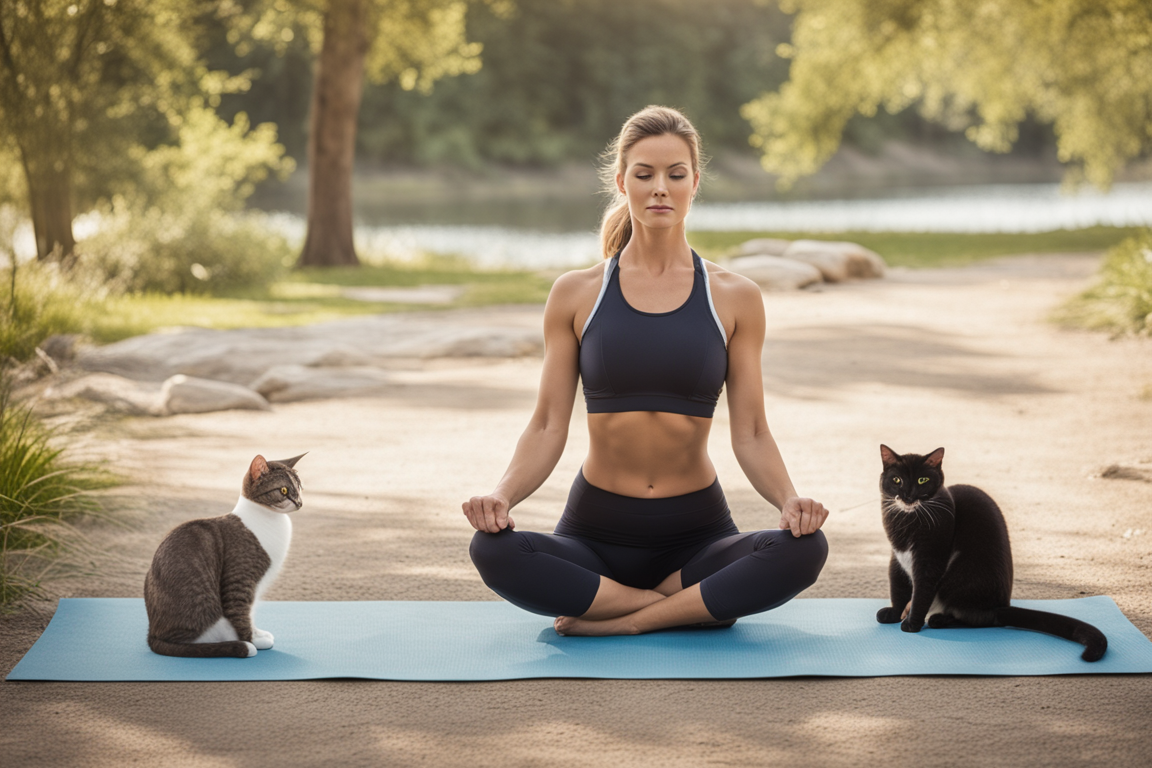
There's no better way to start unwinding after a hike than with the Cat-Cow sequence. This gentle flow between two poses warms up the spine, releases tension in the torso, and begins the process of reconnecting with your breath. Personally, after a day of backpacking, I've found the rhythmic arching and rounding of my back in Cat-Cow not only eases back stiffness but also mentally transitions me from the high of the hike to a state of restorative calm.
Insider Tip: Focus on synchronizing your breath with each movement—inhale as you arch into Cow, and exhale as you round into Cat. This amplifies the pose's relaxing effects and prepares your body for deeper stretches to come.
2. Downward Dog
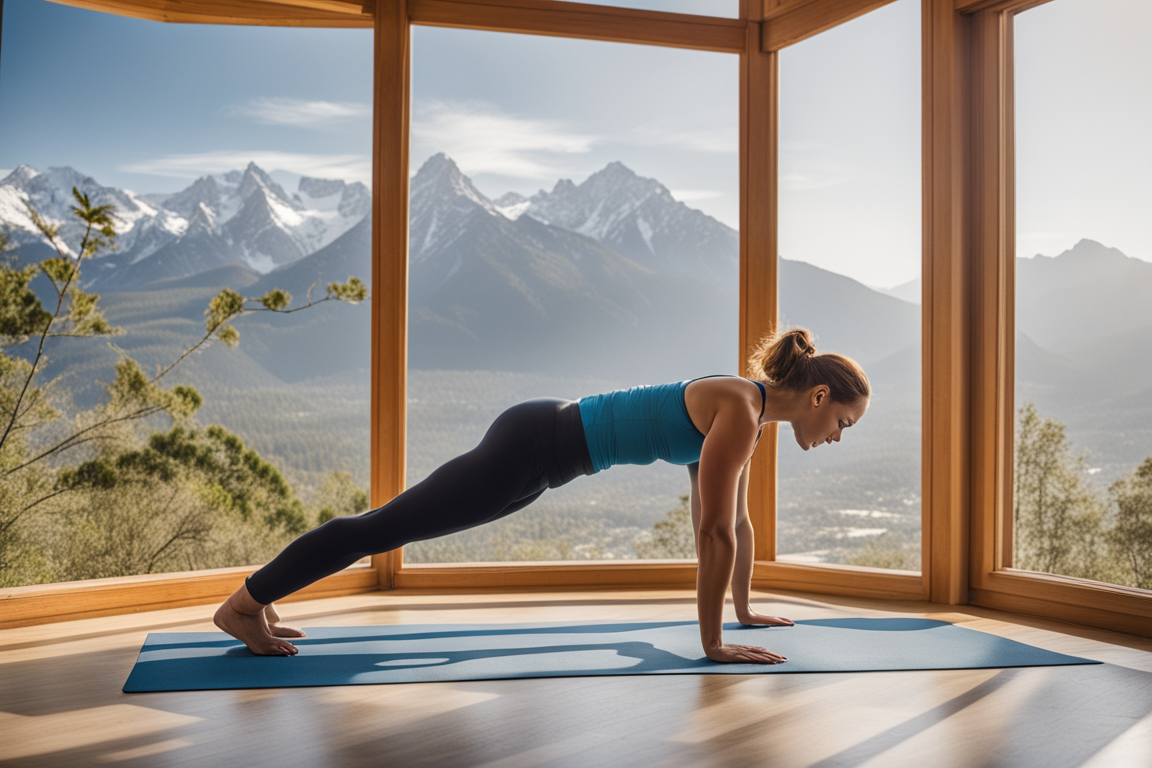
Avid hikers know all too well the toll taken on the calves and hamstrings. Enter Downward Dog, a pose that stretches the entire back of the body, from the heels up through the hips and all the way down the spine to the fingertips. This pose also strengthens the shoulders and arms, providing a well-rounded recovery posture.
During my hikes, I often pause for a quick Downward Dog to relieve tightness in my legs and back. It's a mini-reset in the middle of the trail that pays dividends by the day's end.
Insider Tip: Don't worry if your heels don't touch the ground. The goal is to find length in your spine and a deep stretch in your legs. Over time, flexibility will increase.
3. Forward Fold
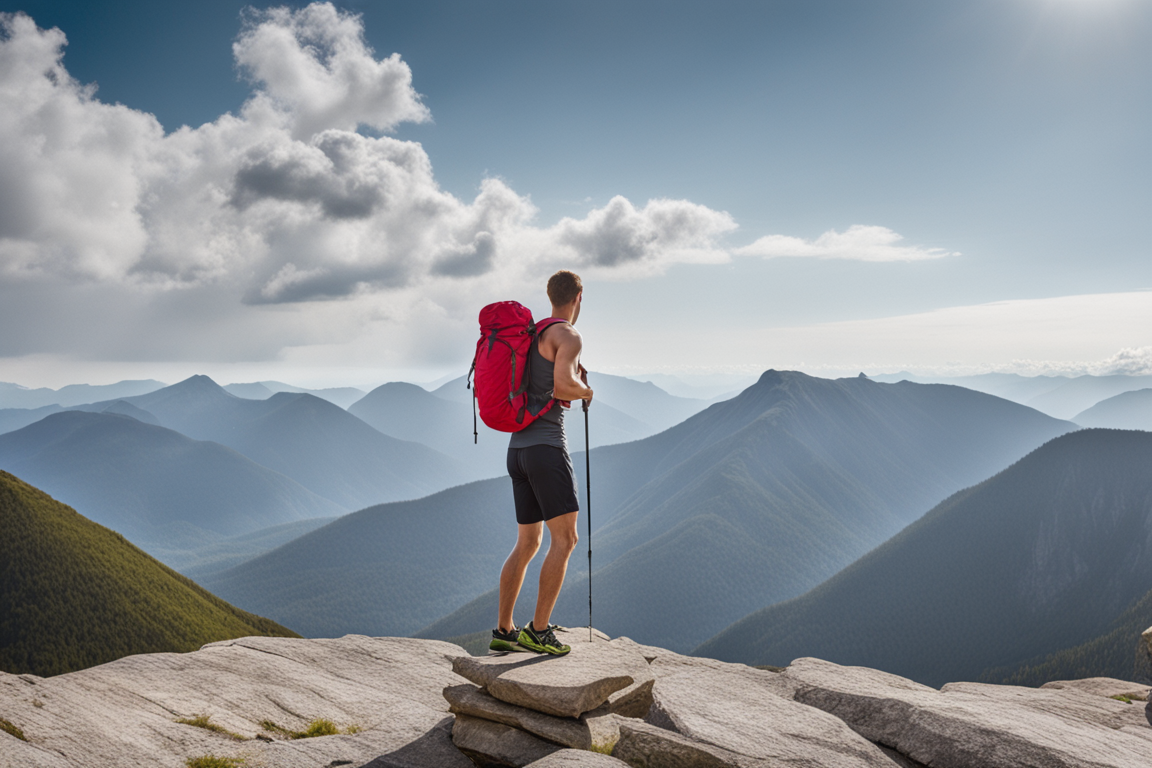
Forward Fold is simplicity at its finest, yet it's profoundly effective for releasing the back and stretching the hamstrings—areas that bear much of the burden during a hike. It also encourages blood flow to the head, providing a refreshing energy boost.
After reaching a summit, I often take a moment for a Forward Fold, letting my head hang loose and feeling the tension drip off my shoulders. It's a physical and symbolic gesture of letting go of the effort it took to climb and preparing for the descent.
Insider Tip: Keep a slight bend in the knees if you're feeling particularly tight in the hamstrings. This modification ensures the stretch remains comfortable and beneficial.
4. Low Lunge
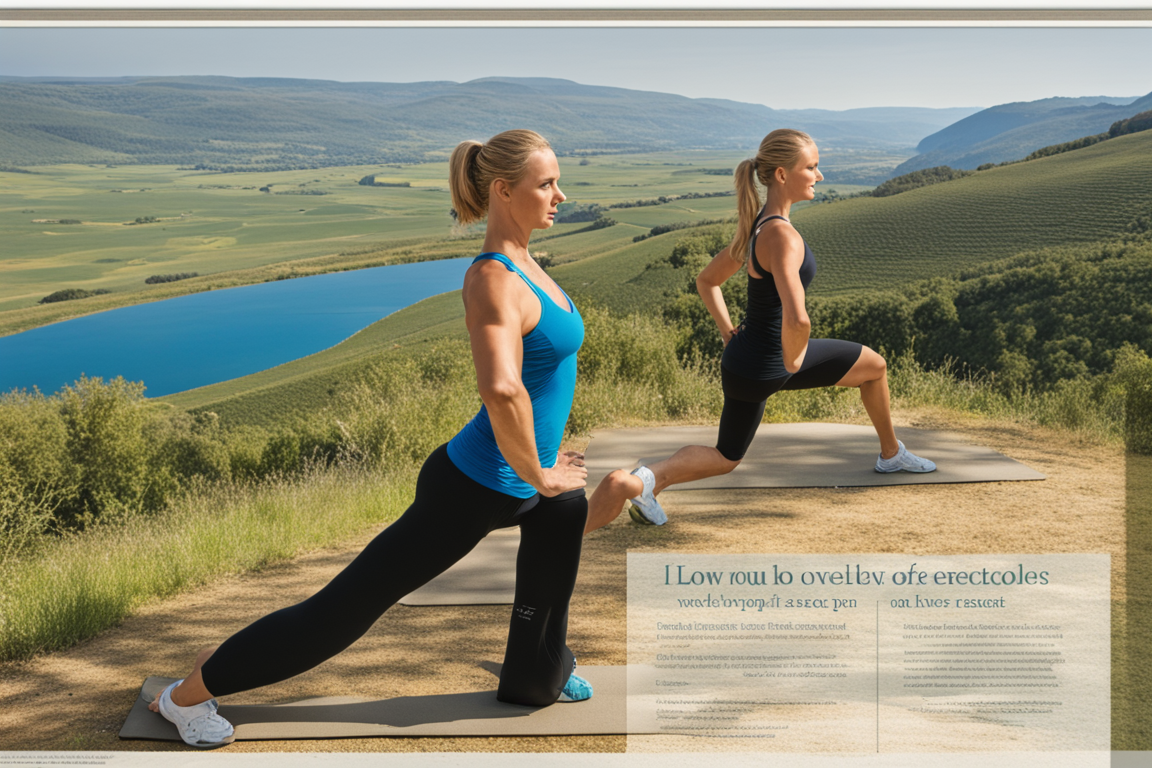
The Low Lunge is a powerful pose for hikers, focusing on the hip flexors and quadriceps, which can become particularly tight from the repetitive motion of climbing and descending. It also opens the chest and helps improve posture, which can suffer under the weight of a backpack.
Incorporating Low Lunges into my post-hike routine has significantly reduced next-day soreness, especially in my hips and thighs. The pose also serves as a moment of gratitude for the body's hard work throughout the hike.
Insider Tip: Ensure your front knee is directly above your ankle to protect the joint. Allow the hips to sink forward to deepen the stretch without straining.
5. Pigeon
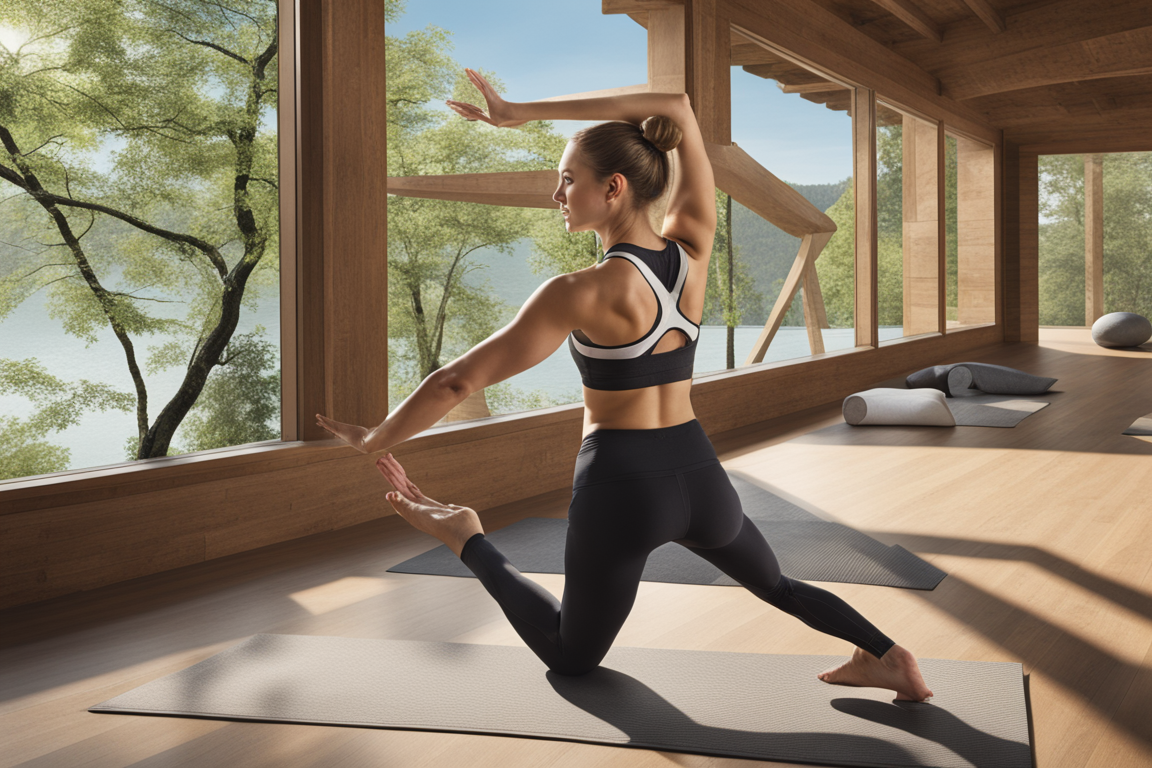
Pigeon Pose is renowned for its deep hip opening, targeting the hip flexors, rotators, and the gluteus muscles. For those who carry tension in their lower body from long periods of walking or climbing, Pigeon offers an intense but rewarding release.
The first time I attempted Pigeon after a particularly grueling hike, the initial discomfort quickly gave way to a profound sense of release and relaxation. It was a revelation in understanding how much tension I carried in my hips and how liberating it felt to let it go.
Insider Tip: If you find the stretch too intense, placing a folded blanket under the hip of your bent leg can provide support and ease the pose's depth.
6. Seated Forward Fold
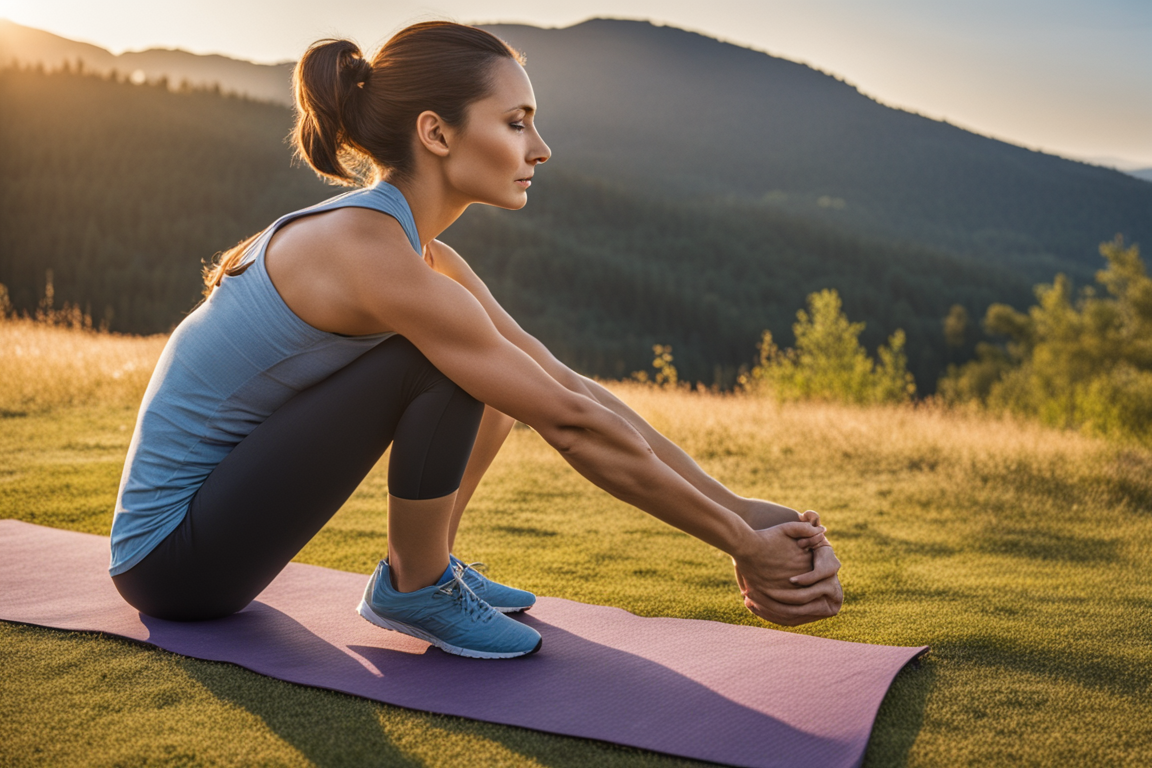
Transitioning to a seated position, the Seated Forward Fold extends the legs' stretch deeper into the hamstrings and lower back. It's an excellent pose for slowing down the breath and beginning to turn the focus inward, promoting relaxation and recovery.
This pose has become my go-to for winding down in the evening, especially when camping after a hike. It's a quiet, introspective posture that allows me to reflect on the day's journey while giving my body the stretch it craves.
Insider Tip: Flexing your feet towards you intensifies the hamstring stretch. Remember, though, the aim is gentle elongation, not forcing, so keep the stretch to a comfortable level.
Real-Life Case Study: Sarah's Morning Yoga Routine
Sarah, a busy working professional, used to wake up feeling groggy and lethargic every morning. Determined to start her day on a positive note, she decided to incorporate a morning yoga routine into her daily schedule. Sarah began with simple poses like Cat-Cow and Downward Dog, gradually progressing to more challenging ones like Pigeon and Seated Forward Fold.
The Impact of Morning Yoga
After just a week of practicing these yoga poses every morning, Sarah noticed a significant improvement in her energy levels and overall mood throughout the day. The gentle stretches helped alleviate the stiffness in her muscles from sitting at a desk all day, while the moments of mindfulness during Savasana left her feeling calm and centered before starting her day. Sarah's morning yoga routine not only transformed her mornings but also positively impacted her productivity and mindset at work.
7. Savasana

Lastly, no yoga sequence—especially one designed for recovery—would be complete without Savasana, or Corpse Pose. Lying flat on your back with your arms and legs comfortably splayed, this pose allows the body to assimilate the benefits of the previous poses fully. It's a moment of complete surrender, where physical relaxation catalyzes mental release.
Practicing Savasana under the open sky, whether in my backyard or at a remote campsite, has been some of the most peaceful moments of my life. It's a reminder that stillness is as much a part of the adventure as the climb.
Insider Tip: If you're feeling chilly, cover yourself with a blanket. Comfort is key in Savasana, allowing the body and mind to fully relax and rejuvenate.
Conclusion
Integrating these seven yoga poses into your post-hike routine can significantly enhance your recovery, flexibility, and overall enjoyment of hiking. But more than that, they offer a bridge between the physical exertion of hiking and the mental and emotional rejuvenation that nature provides. This isn't just about stretching; it's about embracing a holistic approach to outdoor adventures, where the journey doesn't end when you step off the trail but continues through mindful recovery and preparation for the next adventure.
Remember, the goal isn't perfection in these poses but rather listening to your body, respecting its limits, and appreciating its capabilities. Over time, you'll likely find not only improved physical recovery but also a deeper connection to the natural world and your place within it. So roll out your mat, breathe deeply, and let the healing begin.
Questions & Answers
Who can benefit from practicing yoga?
Anyone can benefit from practicing yoga, regardless of age or fitness level.
What are the benefits of incorporating yoga into a fitness routine?
Yoga can improve flexibility, strength, posture, and mental well-being.
How often should someone practice yoga to see results?
Practicing yoga 2-3 times a week can lead to noticeable improvements in physical and mental health.
What if I'm not flexible enough to do yoga?
Yoga is adaptable to all levels, and flexibility improves over time with consistent practice.
How can yoga help reduce stress and anxiety?
Yoga combines physical movement, breathwork, and meditation to calm the mind and reduce stress levels.
What if I don't have time for a full yoga practice?
Even a short yoga session can provide benefits, such as stress relief and improved focus.
Comments
Post a Comment